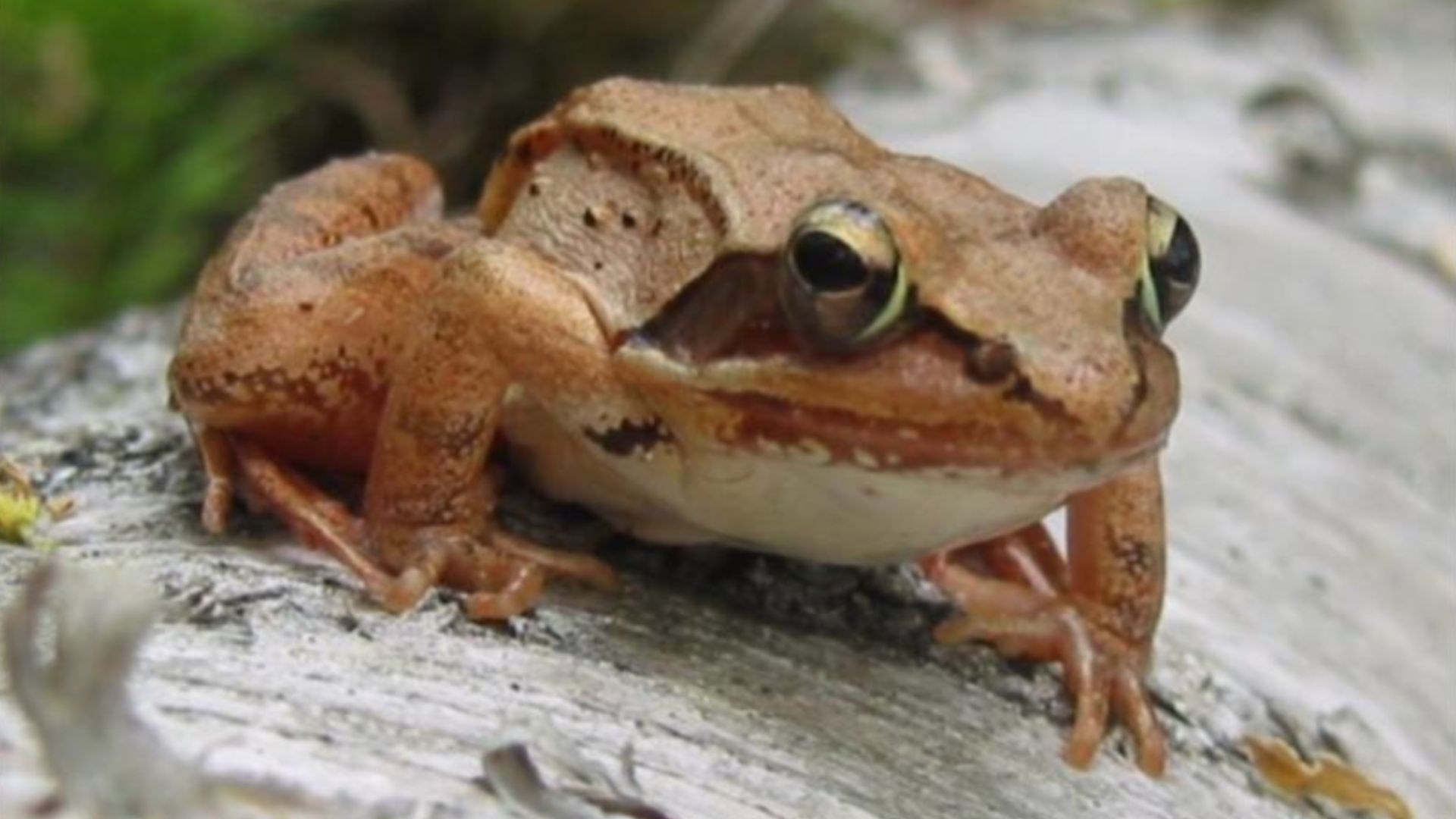NEWPORT — The Vermont Reptile and Amphibian Atlas is a conservation project that aims to gather information about the reptiles and amphibians in the state of Vermont.
They have been working since 1994 to gather data about the distribution of these animals and make informed recommendations for their conservation.
Currently, they are seeking photo submissions or recordings of Wood Frogs from Newport.
One of the ways they collect data is by asking people to submit photographs or recordings of the animals they see.
The project has reports of Wood Frogs from all towns, cities, gores, and grants in Vermont except Newport.
They are confident that Wood Frogs are found within Newport, it is just that they have not yet been documented.
Thus, they encourage people to help them fill in this distribution gap in their maps by photographing or recording Wood Frogs and sending the records and photos to them through their website.
The Wood Frog is a medium-sized species of frog that can easily be identified by their black, raccoon-like mask, dorsolateral ridges, a white upper lip, and black “backpack strap” like markings on each shoulder.
They travel from upland hardwoods to vernal pools, beaver ponds, and man-made ponds to breed and lay their eggs as spring night-time temperatures get above freezing and the ponds begin to show some open water.
They are the earliest frogs to start calling in the spring, even before the Spring Peepers.
The Vermont Reptile and Amphibian Atlas is also looking for documentation of other species from Orleans County, including Eastern Newts and Painted Turtles.
They have a list of common reptiles and amphibians that need to be documented from different towns in Vermont on their website, and people can search for their town to see what species they can help document.
Check it out online at: https://www.vtherpatlas.org/priorities-data-gaps/common-vermont-species-that-need-documentation/
Contributors to the project play an essential role in gathering data on the reptiles and amphibians of Vermont.
The project hopes that by involving individuals and organizations, contributors will become more informed and effective stewards of wildlife habitat.
They encourage people to report what they see by using their online form, which accepts photos, videos, and audio recordings, and can be easily made using a smartphone.









